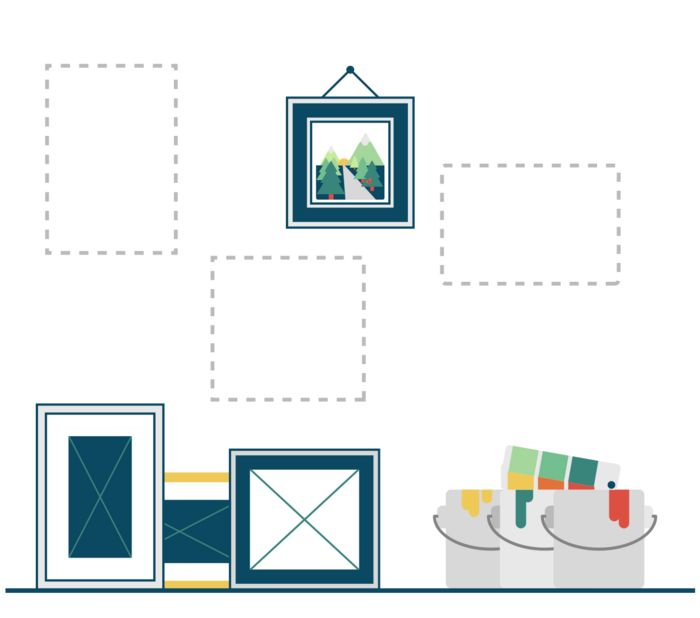Enterprise Design Patterns | Practice Patterns
#26: Just Enough Design

"Big design up front is dumb. Doing no design up front is even dumber."
- Dave Thomas
Related Patterns:
#7: Safe Negotiation Space, #10: Shepherded Realisation, #16: Hint, #21: Hypotheses and Validation
You want to inspire the co-creation of a design that is relevant to all levels of the enterprise.
In this context:
You struggle to find the balance between making your creations too abstract and too detailed. If you specify too much detail your designs may not stand the test of realisation and autonomous teams may not want to follow your designs. If you keep your designs too abstract and high-level, your designs lack the clarity of direction others need to produce the best total value for the enterprise.
Therefore:
You aim for a balance between centralised design and decentralised creativity. To find that balance, you:
- Realise that autonomous realisation teams are closer to the details of reality than centralised Enterprise Design groups;
- Focus on the top levels of the design and provide guidelines for the underlying levels, without over-specifying things;
- Help teams stay on course by working with them to clarify details and nudge them back in the right direction;
- Take care that for unknown territory (new technologies, products, etc.) you don't solve the details but leave room for teams to experiment and discover the best way forward;
- When teams come back with new discoveries, check the impact on the overall design and direction, and adjust where needed.
Consequently:
You maximise your impact by enabling teams to align their designs with the overall Enterprise Design. You provide guardrails to keep teams aligned but leave enough autonomy for experimentation, discovery, and learning on local levels.